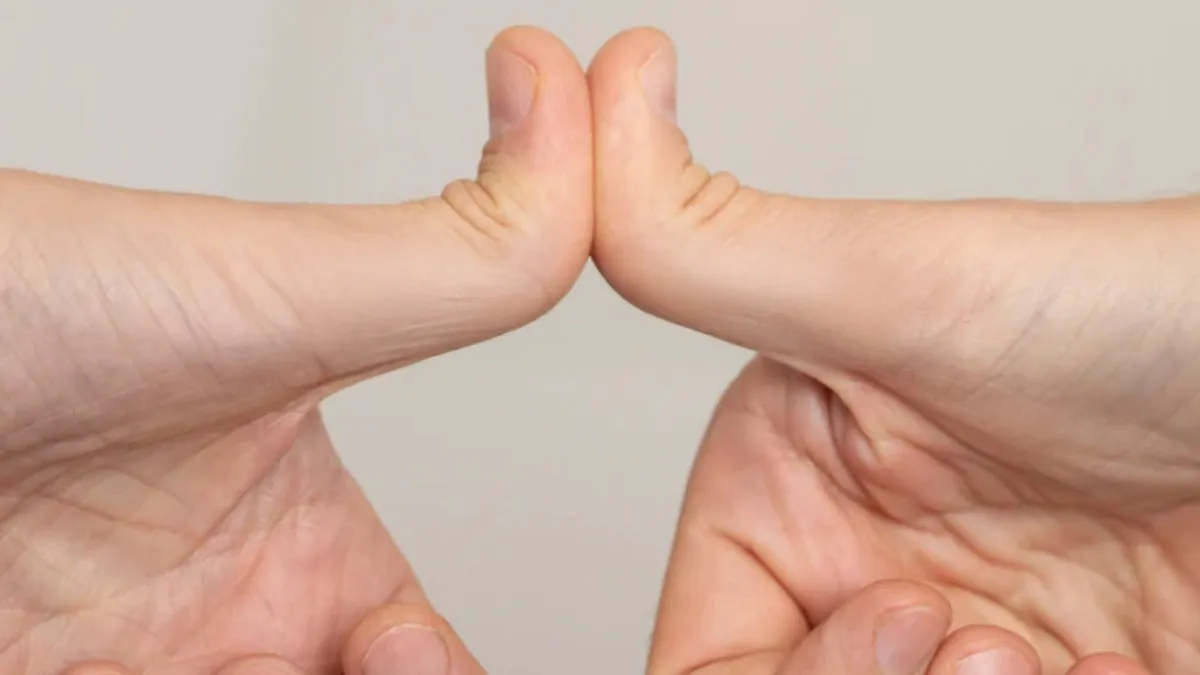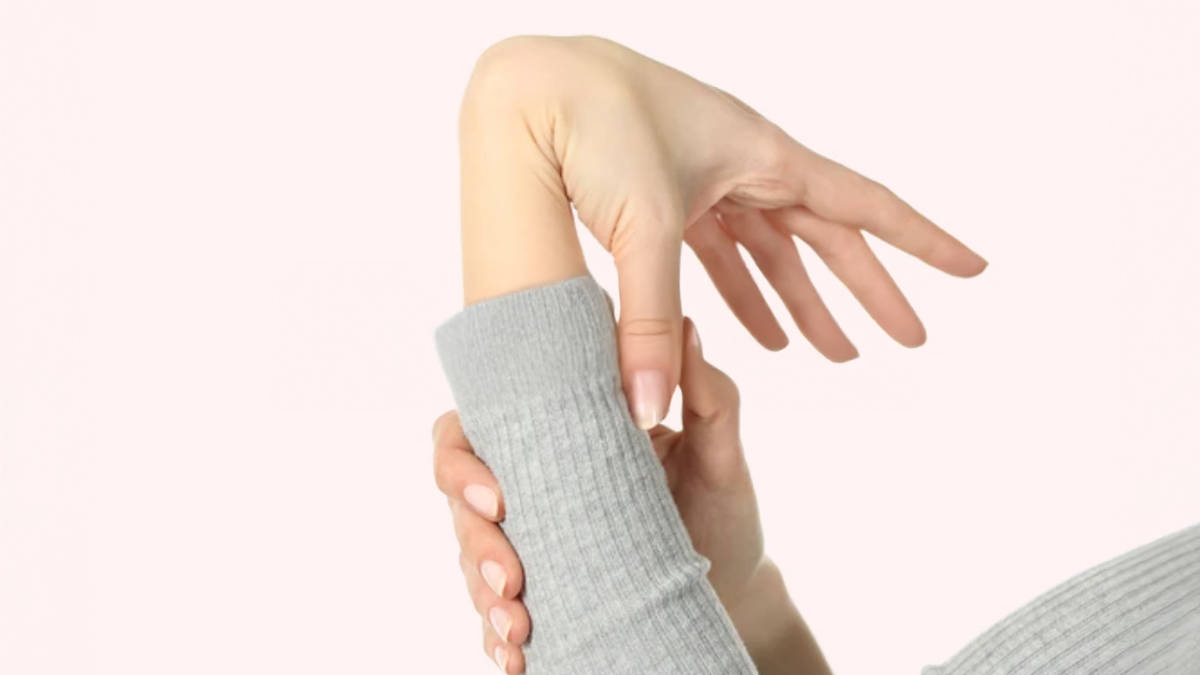
Most people think of flexibility as a good thing. Many women who are double-jointed or hyperflexible are often told they are lucky. But what happens when that flexibility starts causing pain, instability, or fatigue in daily life? That’s when joint hyperlaxity crosses the line into a medical concern, and unfortunately, it is still not taken seriously enough.
Table of Content:-
We spoke to Dr Aruna S Malipeddi, Senior Consultant- Rheumatology, Arete Hospitals, Hyderabad, who explained hyperlaxity in women, its side effects, and management measures.
What Is Joint Hyperlaxity?

Hyperlaxity means that the joints move beyond the normal range expected for a person’s age and gender. It can result from genetic predisposition or from loose or weak ligaments. “For some, especially dancers, gymnasts, or those with highly active lifestyles, this may be entirely normal. However, in clinical settings, when joint laxity is accompanied by symptoms, including joint pain, frequent sprains, dislocations, soft tissue injuries, or even digestive issues and fatigue, it raises suspicion of a deeper condition, such as a hypermobility spectrum disorder, Ehlers-Danlos Syndrome (EDS), or Marfan’s Syndrome,” explained Dr Malipeddi.
Long-Term Damage Is a Real Risk for Some
While many women with hypermobile joints go through life without significant trouble, some even excel in fields like dance or yoga, there is a subset for whom the condition becomes more than just flexibility.
“When joint laxity is paired with instability, pain, chronic dislocation, or frequent sprains may gradually lead to complications like early-onset osteoarthritis. Repeated injuries stretch tissues further, making recovery harder over time. In more severe cases, women might face joint subluxations, back pain, or nerve compression issues. The risk is particularly high in those with associated connective tissue disorders like EDS or Marfan’s Syndrome”, added Dr Malipeddi.
Also Read: Hypermobile Joints? You May Be Dealing With Ehlers-Danlos Syndrome, Here's What The Expert Says
Why Does It Affect Women More?
Hormonal factors likely play a role here. Oestrogen is known to influence collagen, the protein that gives our tissues strength and elasticity. That’s one reason hypermobility tends to be more common in women, especially during adolescence or pregnancy.
The Misdiagnosis Maze

Symptoms of hypermobility disorders can mimic those of other conditions, such as fatigue, thyroid, joint pain, early arthritis, digestive issues, or Irritable Bowel Syndrome (IBS). It’s only when you step back and connect the dots; the flat feet, the stretchy skin, the repeated injuries that the bigger picture begins to make sense.
And here’s a challenge: there's no single blood test or scan that will confirm a diagnosis. It's mostly clinical, based on history, physical examination, and ruling out other conditions. This means the diagnosis depends heavily on the awareness and training of the treating doctor.
It’s Not Just About Joints
"Patients often say, "I feel tired all the time," or "My body just doesn't hold together." That’s not dramatic, that’s how systemic connective tissue issues feel. Many women with hyperlaxity also experience dizziness upon standing, a symptom of Postural Orthostatic Tachycardia Syndrome (POTS), or may bruise easily," added Dr Malipeddi.
Hyperlaxity often coincides with dysautonomia conditions like POTS, where standing causes dizziness and rapid heartbeat. Studies indicate that 31% of POTS patients and an additional 24% show full or partial hypermobility, according to a 2020 study.
Additionally, patients may have a higher prevalence of genital prolapse. There is also evidence linking hypermobility to anxiety disorders. A 15-year Spanish cohort study found that 41% of hypermobile women developed panic or agoraphobia an average of 15 years later, compared to only 1.9% of non-hypermobile controls.
Also Read: Acute Arthritis: Expert Explains The Causes And Impact Of Sudden Joint Pain
Management: It’s a Team Effort
There’s no magic pill here. Treatment focuses on managing symptoms and improving function. Physiotherapy plays a major role, but it must be tailored. Not all exercises are suitable for hypermobile joints; the wrong ones can make things worse. Gentle strengthening, proprioceptive training, pacing, and injury prevention are key components of effective management.
Pain management involves a combination of medications and lifestyle modifications, such as improving sleep routines, managing fatigue, and using supportive footwear. Education about safe movement patterns, maintaining proper posture, modifying activities to prevent joint strain, and using supportive devices like braces is also crucial.
Bottomline
Dr Malipeddi concluded, “Joint hyperlaxity and its related syndromes deserve more recognition, more research, and more empathy. Flexibility might look impressive, but when it starts interfering with daily life, it's time to dig deeper. The sooner we connect the dots, the better the outcomes.”
[Disclaimer: This article contains information provided by an expert and is for informational purposes only. Hence, we advise you to consult your professional if you are dealing with any health issue to avoid complications.]
How we keep this article up to date:
We work with experts and keep a close eye on the latest in health and wellness. Whenever there is a new research or helpful information, we update our articles with accurate and useful advice.
Current Version
